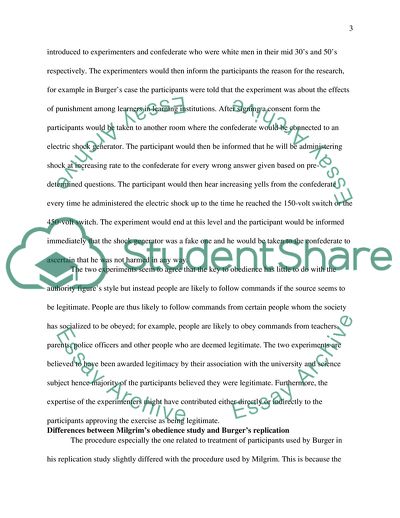Cite this document
(Milgrim's Obedience Experiment Analysis Case Study Example | Topics and Well Written Essays - 1250 words, n.d.)
Milgrim's Obedience Experiment Analysis Case Study Example | Topics and Well Written Essays - 1250 words. https://studentshare.org/psychology/1855882-milgrims-obedience-experiment
Milgrim's Obedience Experiment Analysis Case Study Example | Topics and Well Written Essays - 1250 words. https://studentshare.org/psychology/1855882-milgrims-obedience-experiment
(Milgrim'S Obedience Experiment Analysis Case Study Example | Topics and Well Written Essays - 1250 Words)
Milgrim'S Obedience Experiment Analysis Case Study Example | Topics and Well Written Essays - 1250 Words. https://studentshare.org/psychology/1855882-milgrims-obedience-experiment.
Milgrim'S Obedience Experiment Analysis Case Study Example | Topics and Well Written Essays - 1250 Words. https://studentshare.org/psychology/1855882-milgrims-obedience-experiment.
“Milgrim'S Obedience Experiment Analysis Case Study Example | Topics and Well Written Essays - 1250 Words”. https://studentshare.org/psychology/1855882-milgrims-obedience-experiment.


